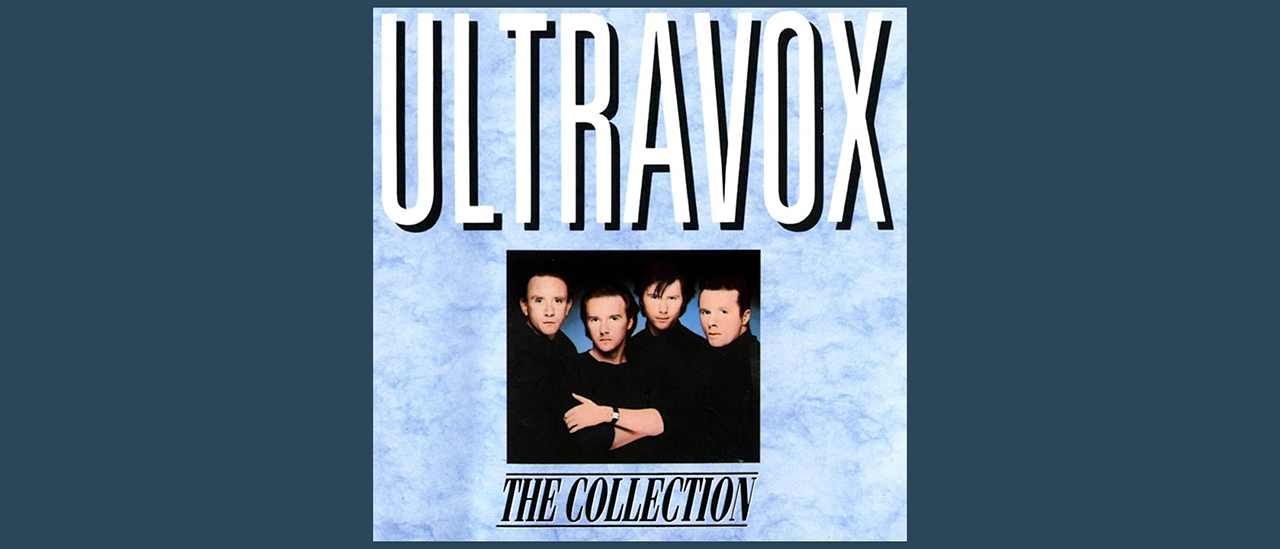Sanctuary Man
Robert Reed has channelled decades of obsession into Sanctuary. It’s an album inspired by Mike Oldfield, the man who sparked his lifelong love affair with music.
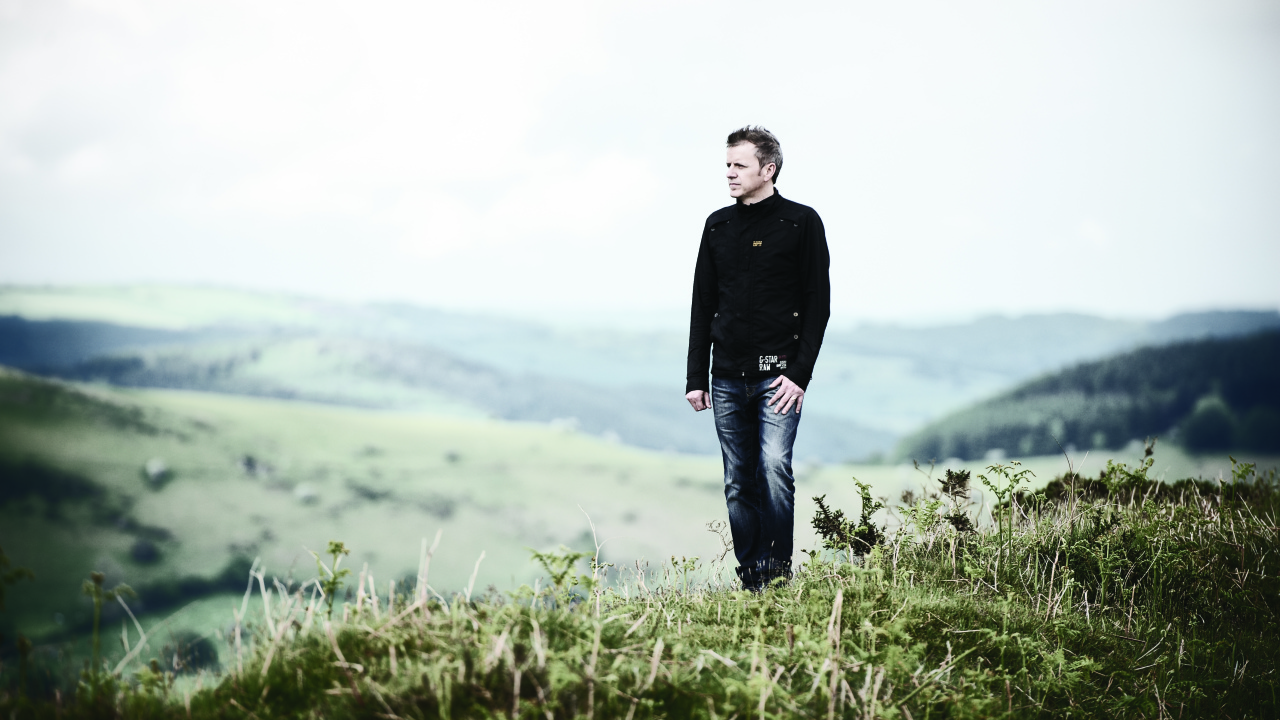
All Robert Reed’s childhood friends are in prison. That’s a sweeping statement, perhaps, but it’s nevertheless a fact. He was born and raised in Ferndale, South Wales. Tucked deep in the Rhondda Valley, it’s now another town without the industry it was built on; another town robbed of its purpose.
One figure loomed large in Reed’s young imagination. He and his brother were horror film fans, and they had an album called Big Terror Movie Themes by Geoff Love And His Orchestra, a popular recording unit at the time, who pumped out orchestral cover albums on the budget label Music For Pleasure. This title featured pop-funk, very 70s renditions of Rollerball, Jaws and the theme from The Exorcist, by one Mike Oldfield.
“I couldn’t stop playing that track,” Reed remembers, who was still in single figures at the time. “I wore the needle out on it. Then for Christmas I asked for two cassettes: The Sound Of Music soundtrack and Tubular Bells. I put it on that Christmas morning and thought, ‘Shit, this isn’t it! Where’s the funky backbeat?’ But from that day I sat there and played the cassette over and over and over again. I was hooked.”
He saved up for Ommadawn, and for Hergest Ridge. He sought out magazines with pictures of the mysterious, long-haired genius who made those albums. He got front-row tickets for Oldfield’s 1980 show at Cardiff’s Sofia Gardens (he autographed Reed’s Star Wars book for him there).
The composer had recorded the theme to kids’ TV institution Blue Peter. The show ran a feature where Oldfield demonstrated how he’d record one instrument, then record another over that, and build up the music that way. This was years before companies like Tascam and Fostex made four-track recording accessible to the home market, and it captivated Reed, who by the age of 10 had started piano lessons.
He had a little guitar and a xylophone, and started very primitive multitracking at home. He’d record an original piano part on his brother’s tape player, then use his own to play that piano back as he strummed guitar, and then recorded those two together, and so on. The results were “hissy and awful”, but the seeds of Reed’s future had been sown.
Along with Oldfield’s music and method, it was the troubled figure his hero cut that struck a chord with Reed.
Sign up below to get the latest from Prog, plus exclusive special offers, direct to your inbox!
“When you’re a teenager going through the angst yourself, you’d read about him and think, ‘Oh that’s me!’ Here’s this shy guy who wouldn’t really talk to anyone. I call this album Sanctuary. His music was a sanctuary for me. I’d listen to it in my bedroom on my own at home in Ferndale. I could live within it.”

Some 30 years later, Reed’s become something of a prog institution himself through his work with Magenta, and his highly acclaimed Kompendium project, Beneath The Waves. Come Christmas 2012, he finally decided to start work on what became Sanctuary. Inspired by Oldfield, and particularly Tubular Bells, the album has two pieces of music, about 20 minutes each, with all of the instruments played by Reed himself.
He’s a friendly, jocular man, but there’s a steely-eyed determination to him. His enthusiasm for his work is heartfelt, honest and comes without a hint of arrogance.
“It’s taken 18 months to write and record. I’d been meaning to do this for so long and the time seemed right. It was the most enjoyable album I’ve ever made, and that’s why it sounds like it does. I was totally immersed. About 40 years of musical intake all just poured out of me. I know I’m a control freak, so I wanted to play everything myself and use all real instruments, no drums, and nothing in the computer that can help you cheat. All the nuances and mistakes are in there – which was part of the magic of Tubular Bells itself – and it’s this lovely sound. I couldn’t believe how big it sounded.”
To listen to Sanctuary is to feel a true Proustian rush. Reed’s loving evocation of Oldfield’s approach and soundworld is frighteningly holistic. His guitar vibrato is pure Oldfield – a violin-style, left-to-right finger movement rather than the standard guitarist’s up-and-down. Guitars (acoustic, wah-wah, electric), recorders, analogue synths, bass and those long bells colour theme upon theme. Elsewhere in the mix is vibraphone, marimba and new-age chanting. The second side develops from simple, lilting, classically minimalist lines into something altogether familiar, and a climax comprising layered themes from the previous 40 minutes of music. It’s quite the musical journey, and it takes a few listens to get past the obvious roots and see it for the work that it is.
Its creation almost drove its creator to distraction. Reed spent two months on the first three minutes, another two on the closing three minutes, constantly, irrationally berating himself for not having written anything as good as Tubular Bells itself.
“But the hardest thing to get was the emotion of Oldfield’s playing,” he says now. “On Ommadawn there’s such feel to his guitar playing, it’s almost a voice – it speaks to you. It’s all in his hands and fingers. It’s not like he’s using a preset on a Korg M1 [synthesiser]. That’s what he’s lacking now perhaps. His new album [Man On the Rocks] is fine, but it’s not him. It’s not that physical connection of a microphone capturing him doing something. His music is so haunting. Parts of it are sad and downbeat, others uplifting, almost comedy, and on Sanctuary, too, there are sad parts and euphoric parts.”
Principal recording took place at Reed’s own studio in Porth, just five miles from Ferndale. But he didn’t have timpani, vibraphones, cymbals and tubular bells (which cost an absolute fortune), so he tracked down the chief percussionist for the Welsh National Opera and booked a studio in Cardiff for two days. With all the kit set up, Reed stood at the timpani, score in front of him, stick in hand. “Only then did I think, ‘Shit, I’ve never played these instruments before in my life!’ [The chief percussionist] had spent 20 years learning these things. He sat in the control room and had to teach me as I went – how to hit the timpani on the edge, to separate the cymbals! He even offered to play the parts for me, but the whole point was that I’m playing it all on the album.”
The human voices come from three female members of the elite Synergy Vocals collective. Rather than lyrics, Reed had them make artificial words, principally vowel sounds for chants and new-age accents. Having worked with contemporary classical composers like Welshman Karl Jenkins and New Yorker Steve Reich, they were familiar with the approach.
Yet for all the craftsmanship and noble intent behind Sanctuary, there’s a danger that an album so unashamed of its roots might be dismissed by some as a tribute album; a pastiche. “My argument is if you put those instruments together, it’s going to sound like Oldfield. But hopefully the tunes that I’ve brought to it will make it a standalone album. The moment you put a Hammond, a 12-string, or a mellotron together, it sounds like Genesis or Yes. A band like Big Big Train is influenced by Genesis, but their songs are so good you have to accept it – they stand alone.”
Still, it’s a fine line, so Reed sought opinions from Oldfield’s vibrant online community. The response was encouraging. This was the album Oldfield should have made, said some. And then he was introduced to Tubular Bells’ original engineers and co-producers, Tom Newman and Simon Heyworth.
“If Tom had said, ‘This is just a rip-off,’ then I’d have binned it,” says Reed unequivocally. “I’d have wiped the whole thing. But he liked it. I wanted him as an executive producer, to give me an outside view of it as I was so close to it. But he got involved in the mixing, the production. He floored me when he said it was like working with Mike in 1973. To me that meant absolutely everything.”
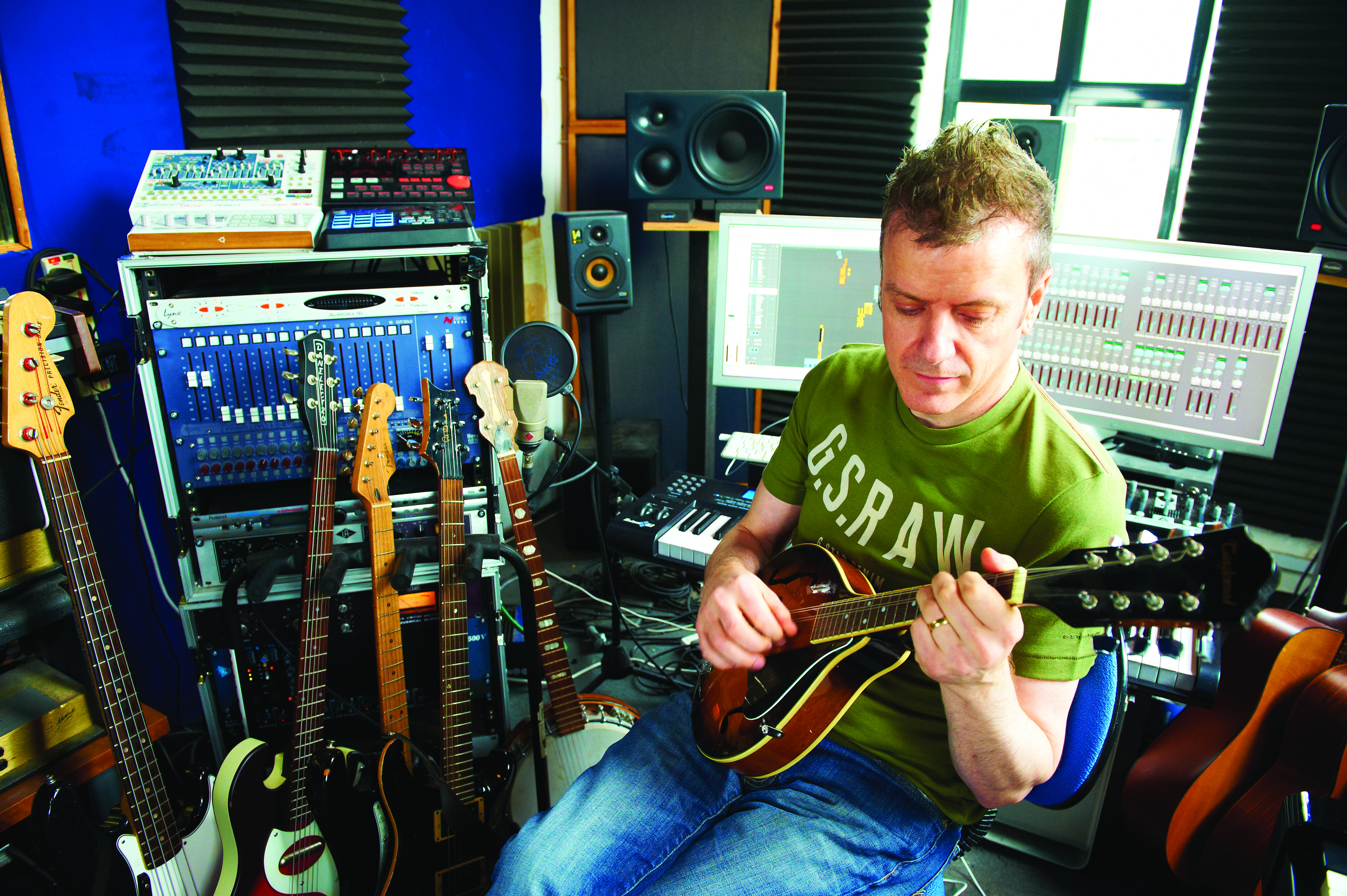
Newman worked his magic on the sound and arrangements, EQ’ing a guitar here, tweaking the accents of a phrase there, pitch‑shifting a vocal chant elsewhere. He even added a little bodhrán part himself. But he never revealed his secrets to Reed, just tapped his nose – tricks of the trade, sonny.
“He kept telling me, ‘I could get another 20 per cent out of this album,’” says Reed. “It was amazing to talk to him about the business. When I started promoting the album, he said, ‘We were lucky back in 1973, we had Richard Branson for that!’”
Sanctuary has been mastered by Heyworth and Reed in Devon for the CD, the 5.1 and the vinyl versions. Heyworth even told him it was like being back at The Manor 40 years ago. (Back then they were working with 16 tracks; this album uses 200.) There are currently plans to perform the piece live. It’s already been transcribed (the manuscript itself is a thing of beauty) and Robert Reed is currently amassing a 15-strong line-up for performances in Cardiff and London.
And with this, we come to the elephant in the room. Well, the Bahamas. Mike Oldfield has yet to hear Sanctuary, despite its pedigree and initial reception. Channels have been opened but, to date, zip.
“I would love for Mike to hear this,” says his biggest fan. “In interviews he’s said he was amazed no one picked up the torch and made an album in this style. Well, here I am! Hopefully he’d take it as a compliment.
“He created this style of music and even he doesn’t do it any more. He doesn’t have to – he’s proved himself. It’s taken me a year and a half of blood, sweat and tears, and if you were living in the Bahamas and you’ve got your boat tied up in the harbour, you must think, ‘Shall I spend a year and a half in the studio, or shall I go fishing?’ But it would be nice to get his seal of approval.”
_Sanctuary is out now on Tigermoth. For more information see www.robreedofficial.co.uk. _
MAGIC MIKE
Rob Reed’s Top Five Oldfield Albums
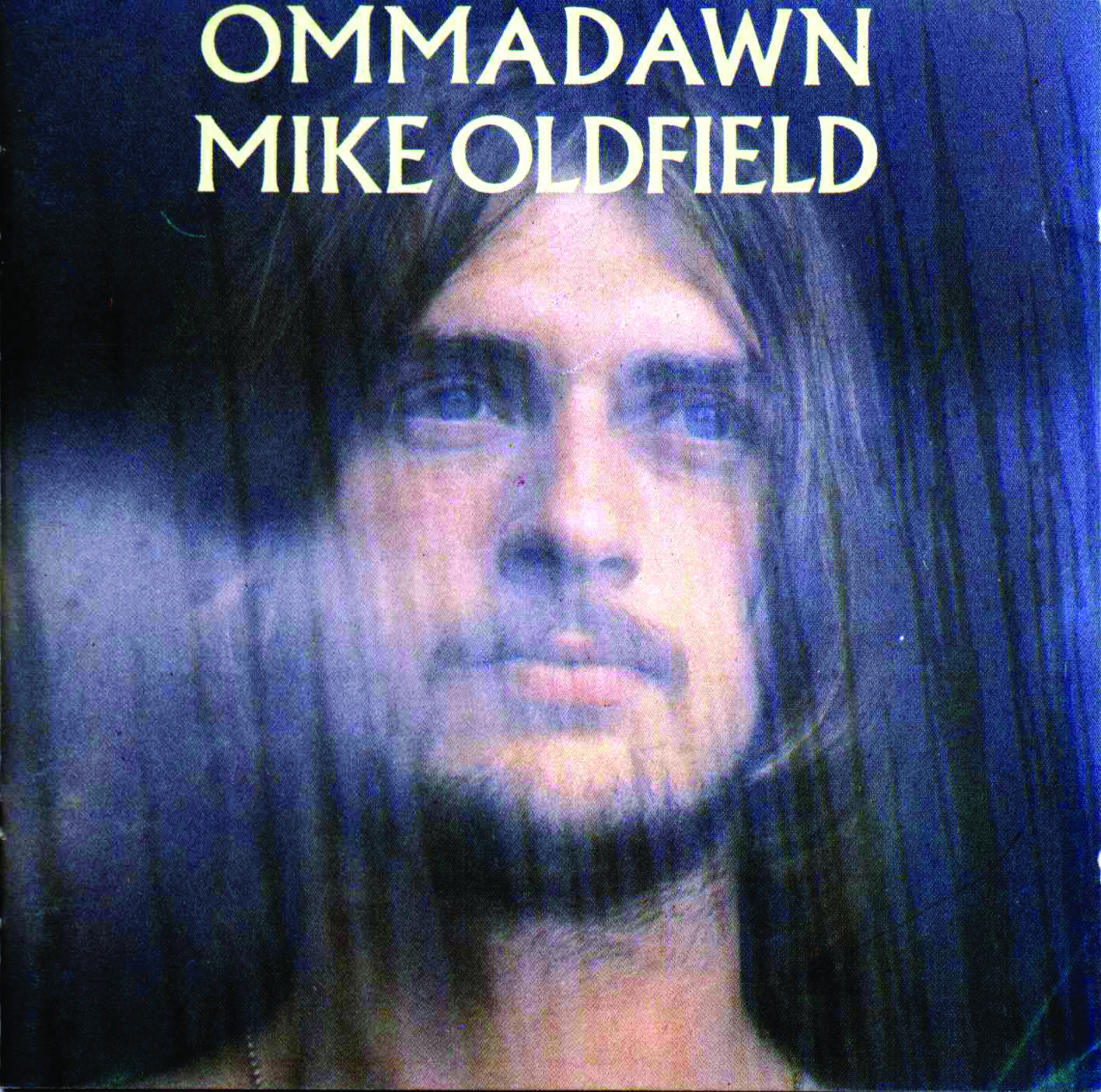
**Ommadawn (1975) **
This is the most perfect album Mike Oldfield ever made. It’s very short, running at just under 40 minutes. He had to re-record this as the master tapes wore out, and it really shows – it just sounds confident in its arrangement and sound. There’s a feeling he really pulled out all the stops to prove he was more than a one-hit wonder. I love the way it just jumps from different styles: folk into rock into blues into African into pub-band music. The various instruments that paint varied musical landscapes – child-like recorders, greek bouzoukis, African drums, Celtic chanting – all help to make the music fresh. It also contains some of his best guitar work, especially the end of side one where you can hear the angst in his playing. It’s almost rude!
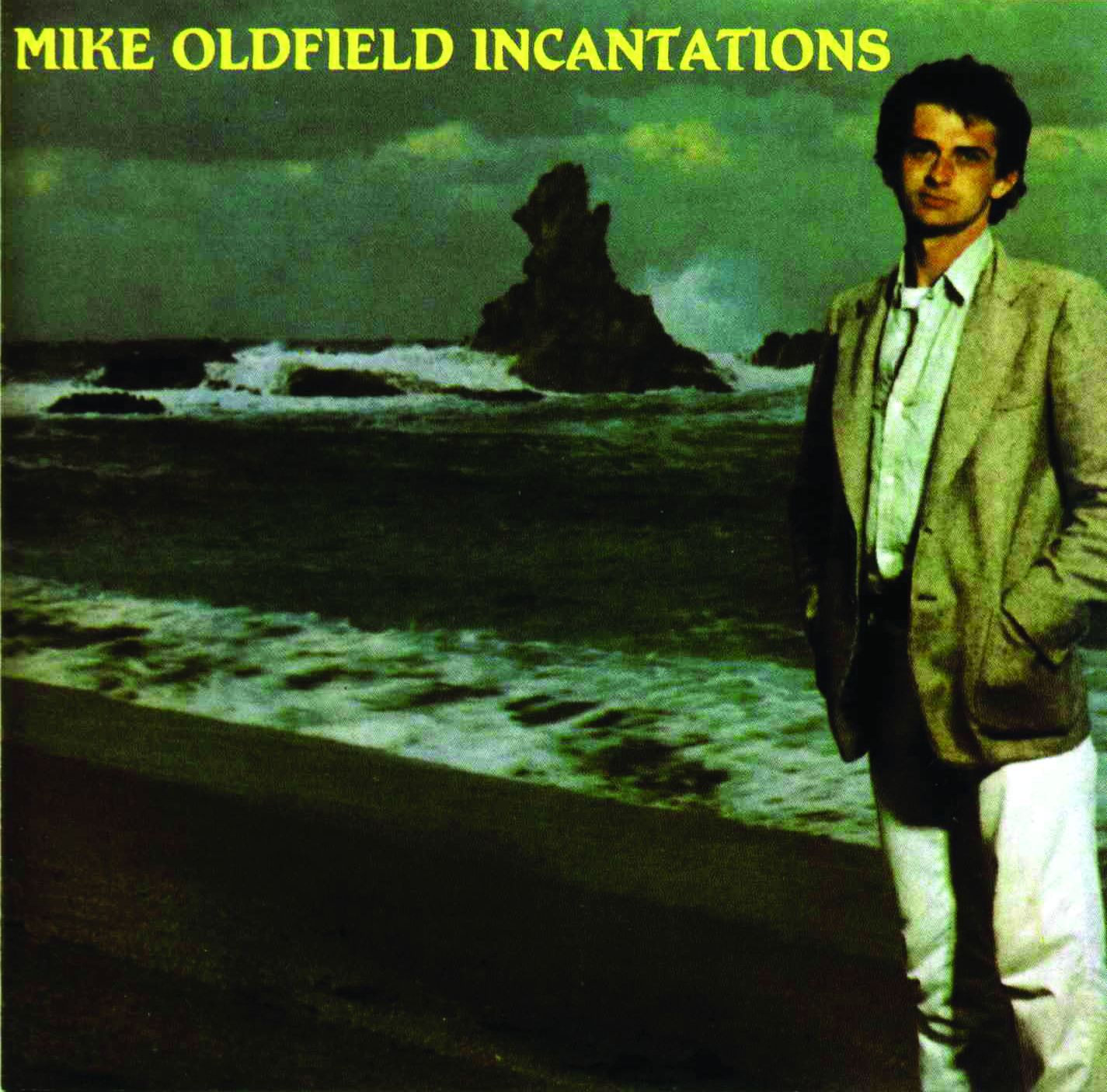
**Incantations (1978) **
This album had a lot of bad press. It came out in the middle of the punk era, and it was everything journalists hated. I love it! Mike had been hailed as a genius and the future of rock music, and that encouraged him to make this, his most complicated, longest and cleverest album. It’s challenging, dense and captivating and it’s his best sounding album. It’s my benchmark of sonic perfection. It’s all real, with little synthesiser – mainly percussion, vibraphones and marimbas mixed with orchestra and guitars. I felt for him when this came out – he must have felt gutted with the reaction and backlash.
**Tubular Bells (1973) **
I have to put this in as this is where it all started. It has the most perfect opening of any album. I know Mike has re-recorded it many times, trying to remove the imperfections, but those are what make it work: the innocence of a 19-year-old who’s having a breakdown and putting his hurt into his music. It sounds like it was made with no commercial plan. It’s fearless. Of the two sides, I prefer side one – a masterpiece of construction. The finale – where the instruments are announced – is another triumph.
**Hergest Ridge (1974) **
Again this album was slated as a disappointment when it came out, but Mike was never going to be able to critically top Tubular Bells – and hasn’t since, really. But I really like the pastoral feel of Hergest Ridge. You can almost smell the grass of the Hereford mountains where he recorded the album. It’s very quiet and low-key, but some of the melodies are just breathtaking and his guitar playing top drawer. The music makes you feel the sadness and fear of the reclusive person making it.

**The Songs Of Distant Earth **
Well I had to put something after 1978 in here! There have been highlights, like Platinum and Five Miles Out, but after he underwent Exegesis (the therapy which ‘removed’ his mental problems), his music lacked that poignancy there in the first four albums. The Songs Of Distant Earth stood out for me, in among all the variations of Tubular Bells he’s released lately. There’s a real depth to the music. It has chillout overtones with drum loops, but the melodies and guitar playing are really moving and work well to interpret the subject matter.
TOM NEWMAN
Mike Oldfield’s original producer recalls working on Reed’s “joyful” solo album.
“I get sent dozens of discs a week by hopeful Mike Oldfield clones, and most are dire. But Rob sent me a rough mix of side one of Sanctuary and I just thought it was really, really good. It’s doing now what Mike used to do very well and doesn’t do any more – he’s in a different headspace now. He’s done some wonderful things, but none as focused as those early, pre-Exegesis albums, and Rob’s picked up that baton and run with it very effectively; he’s a very good tunesmith.
“Working on this was akin to working with Michael again. Rob sent me all the stems [separate instrumental tracks] and I did what I would’ve done on a Michael album: I created a soundscape for him. Modern technology gives you more options than there were in the analogue days. The stems were efficient but a bit dry – it needed putting in a more magical place. For me it’s a case of listening to each part and imagining poetically what its function is and where it should be. Good music puts you in a mood, an emotional state, and I can see the instruments and what their function is.
“When Rob sent me the backing tracks, I listened through to each section and imagined how far away or close, how intimate or mysterious, each instrument should be. Then I tried to place them in the right place in space, with reverb, subtle delays. Some sounds are enclosed in a physical space like a walled courtyard or a great hall; others are in the open air, somewhere in the distance between myself and the horizon. I placed the main instruments on top of that. It’s an organic process.
“What was nice was that Rob allowed me full rein. Had it been Michael, I’d have had to fight every inch! He saw things in his own way and we’d have some flaming rows. There was none of that with Rob.
“After the Exegesis thing, Mike turned into a very pragmatic, technically minded musician. Before that he was a jumble of emotional ideas. He would appreciate Sanctuary’s technical prowess, I’m sure. But the thing is, Mike doesn’t actually listen to other people’s music. He’s not in the least interested.
“Many of his wannabes have pain – they feel his emotions and they try to convey that themselves. But it’s Michael’s, not theirs. I felt that Rob was free of psychological personal problems. There was a lot of joy in the work, and that was refreshing. It was a celebration, not teenage angst. That’s one of the reasons I responded to it. It’s just really joyful.” GRM
_ _
A music journalist for over 20 years, Grant writes regularly for titles including Prog, Classic Rock and Total Guitar, and his CV also includes stints as a radio producer/presenter and podcast host. His first book, 'Big Big Train - Between The Lines', is out now through Kingmaker Publishing.

